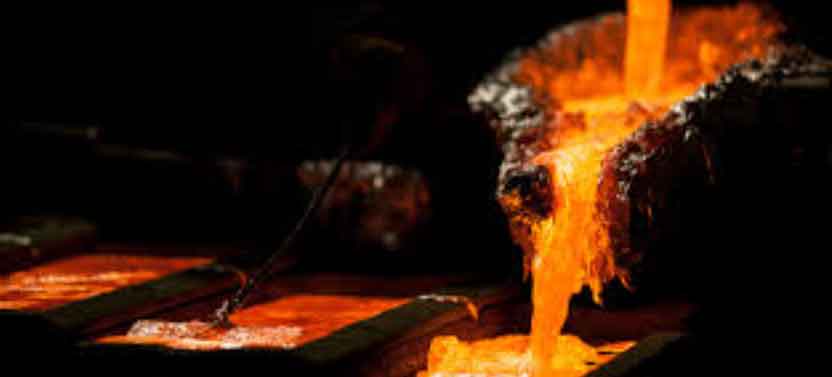
China has made significant strides in casting technology and has had a significant impact on the global casting industry. The country’s focus on research and development, technological advancements, and innovation has propelled its casting technology forward. Here are some key areas where China’s impact on the casting industry can be observed:
Advanced Casting Processes: Chinese researchers and manufacturers have developed and implemented advanced casting processes, contributing to the overall advancement of the industry. This includes the development and optimization of processes such as high-pressure die casting, vacuum casting, investment casting, and lost foam casting. These advancements have improved casting efficiency, precision, and quality.
Automation and Robotics: Chinese casting foundries have embraced automation and robotics in their manufacturing processes. Automated systems are employed for tasks such as mold making, material handling, and casting operations. Robotics are utilized for tasks like pouring molten metal, removing castings from molds, and quality inspection. This automation enhances productivity, reduces labor costs, and improves consistency in casting production.
Casting Simulation and Digitalization: China has invested in casting simulation software and digitalization, allowing for more accurate and efficient casting designs. Casting simulation tools enable virtual modeling and optimization of casting processes, reducing defects and improving the overall quality of castings. Digitalization efforts, such as the use of digital twin technology, facilitate real-time monitoring and control of the casting process.
Material Development and Alloy Innovation: Chinese researchers have focused on developing new casting materials and alloys to meet the evolving needs of industries. This includes the development of high-strength aluminum alloys, lightweight alloys, heat-resistant alloys, and specialized alloys for specific applications. These material advancements have expanded the range of possibilities for castings, enabling the production of components with improved properties.
Quality Control and Inspection Technologies: Chinese manufacturers have invested in advanced inspection technologies to ensure casting quality. This includes the use of non-destructive testing (NDT) techniques such as X-ray, ultrasonic testing, and visual inspection systems. These technologies help identify defects, ensure dimensional accuracy, and improve overall casting quality.
Collaboration and Knowledge Exchange: Chinese casting industry players actively collaborate with international partners, research institutions, and industry associations to promote knowledge exchange and technology transfer. This collaborative approach allows for the adoption of best practices, innovation, and the integration of global expertise into China’s casting industry.
Industry Standards and Certifications: China has developed its own industry standards and certifications for casting processes and products. These standards help ensure consistency, quality, and safety in casting production. Chinese foundries often obtain international certifications such as ISO and IATF to demonstrate their commitment to quality management systems and meet global standards.
The innovation and advancements in China’s casting technology have had a significant impact on the industry globally. Chinese manufacturers are increasingly recognized for their ability to deliver high-quality castings, offer competitive pricing, and meet the demands of various industries. As China continues to invest in research and development and collaborate with global partners, its influence on casting technology and the industry as a whole is likely to further expand.
